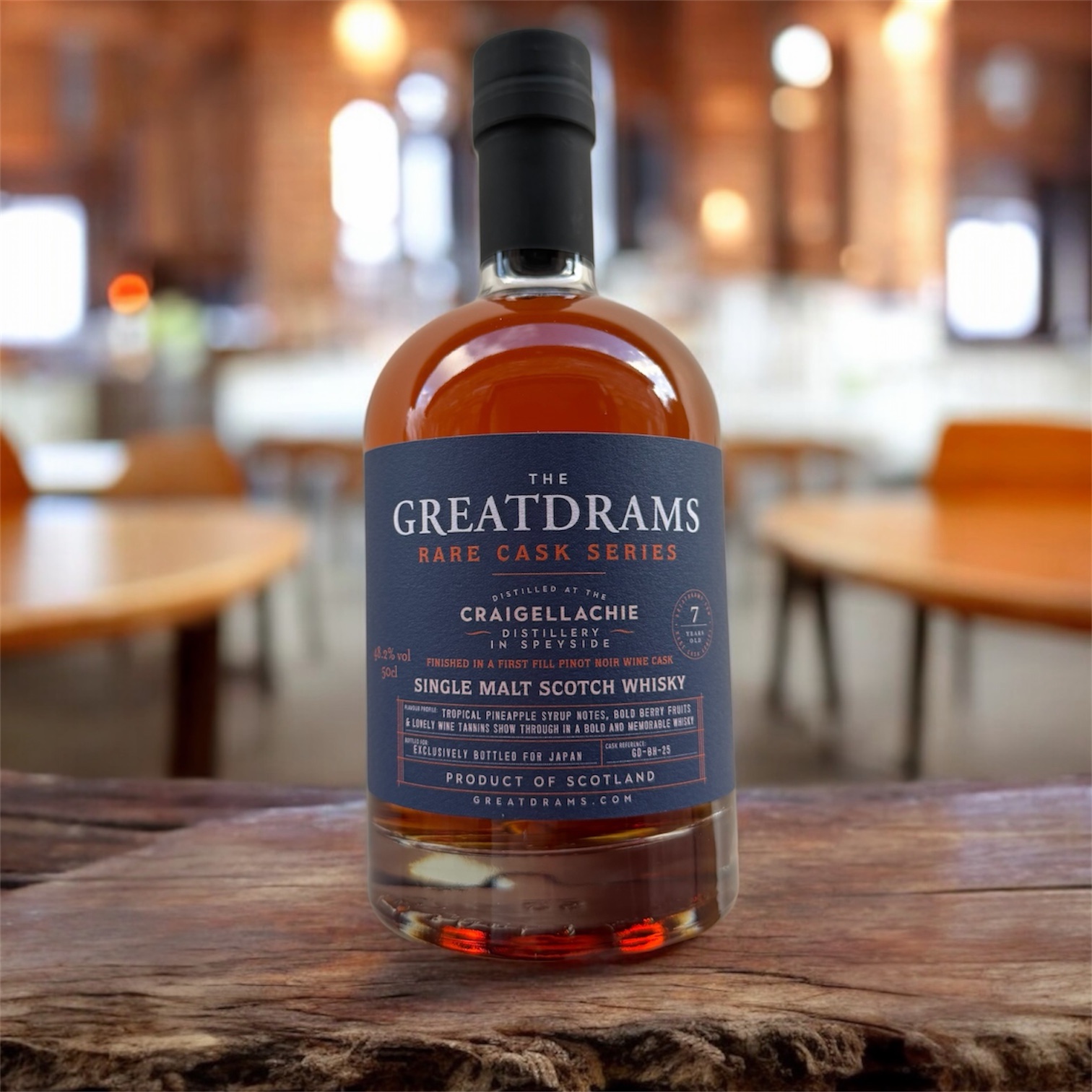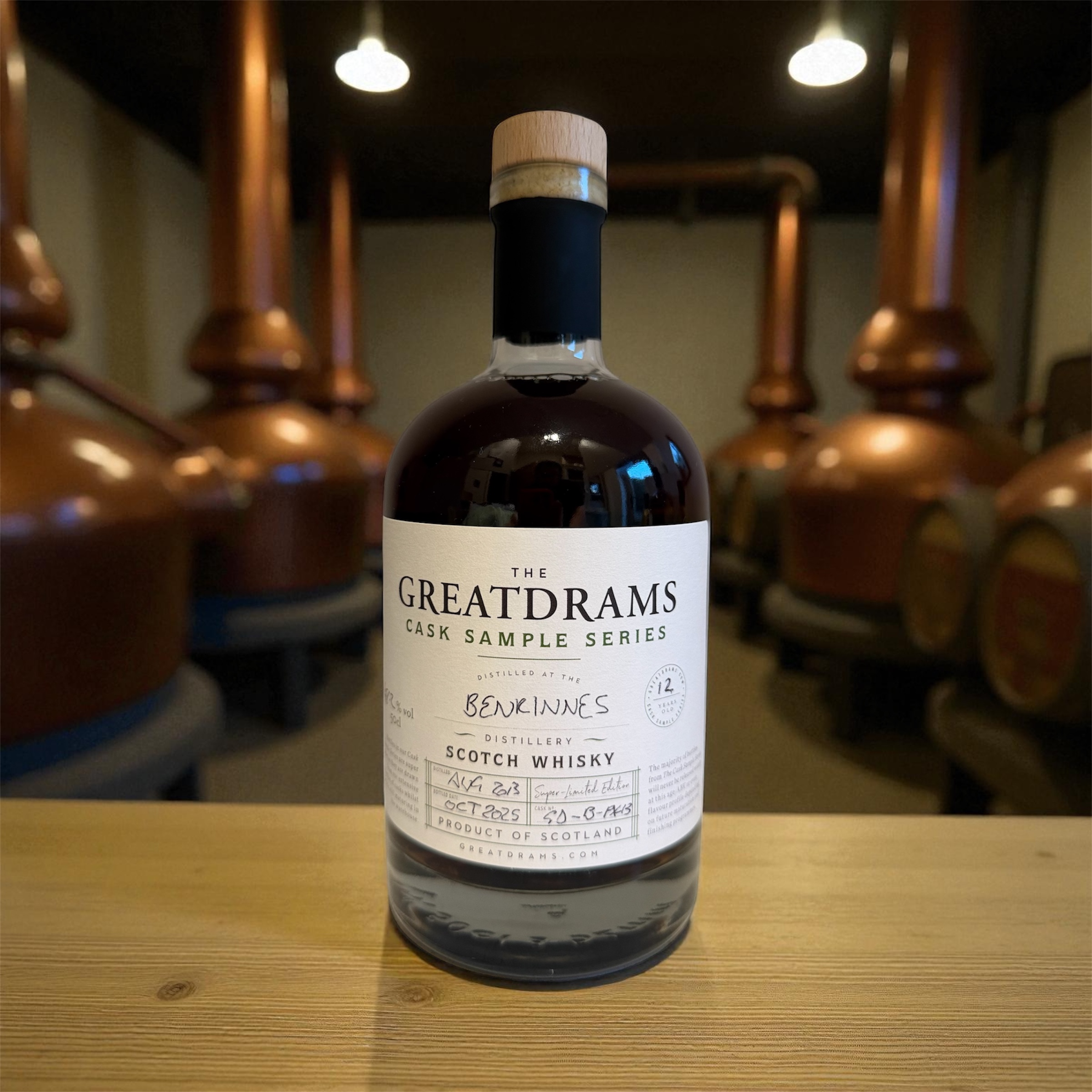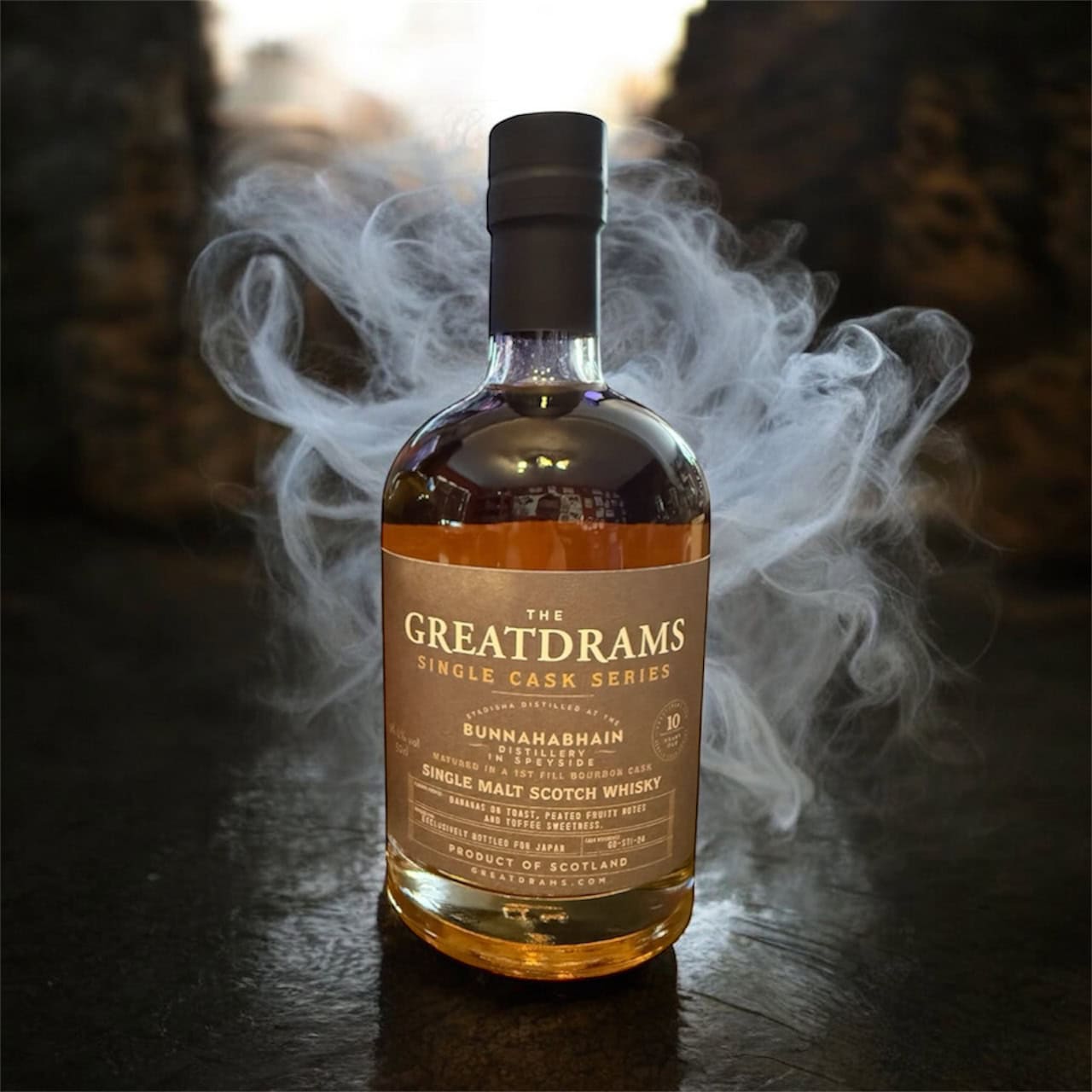An Exploration of Whisky Stills
let’s begin
Scotch Whisky Stills
The fiery copper cauldron is the championed still of Scotch malt whisky.
Post mashing, wort and washbacks, distillation is where the serious fermentation happens and real alcohol is born.
Layman’s terms
A copper pot still is essentially made up of;
- A boiling pot, where the wash is boiled to create the alcohol vapours
- The swan neck which narrows into a lyne arm, which is a pipe in which the vapours condense
- The condenser, where the distillate is collected
- There can then be sections such as safes and charger, which store the distillate before feeding it back into further distilling processes, usually from the wash still into the spirit still.
A bit more detail...
Two kind of stills are needed for the distillation process, the wash still and the spirit still.
We begin with the wash still, which is rather logically where the wash is initially boiled. Because alcohol boils more quickly than water, the vapours are caught in the ‘swan’s neck’ part of the still, before being condensed back down to a purer, stronger liquid. This process is usually done at least twice, to maximise ABV and reduce impurities.
This first leg of distillation only produces what we call ‘low wines’ which have an ABV of only 10-20% and are still full of stuff we don’t want, so the second stint of distillation happens in the spirit still. Scotch whisky is usually distilled twice, but Bruichladdich have been known to distil their Scotch up to 4 times. Meanwhile some distilleries, such as Ardbeg, have added a purifier to the top of their stills to fine-tune each distillation.
With every round of distillation, the liquid is split into three cuts, with only the middle cut, called the heart of the run, being taken forward. The heads and tails, either side, are redistilled with the next batch of low wines. The heart of the run though, has a stunning 70% ABV on average. Before this stuff becomes whisky though, it must serve its minimum of 3 years in maturation lockdown.
The copper
Copper is a marvellous conductor and even distributor of heat for one. For two, sulphur produced by fermenting yeast tastes terrible and makes whisky bitter, but the copper neutralises this and has excellent catalytic properties. For three, copper looks splendidly shiny and traditional, therefore we love it. For four, it’s very malleable and so great for making varying shaped stills.
The pot shape
The most traditional whisky still shape is the round ‘conical’ cauldron, which Springbank use for example. This is descended from the alembic shaped still, originally designed by the Persians for alchemy. This ‘boiling ball’ is believed to provide optimum levels of contact between spirit and copper, and therefore produce the best spirit possible. The domed pot shape also ensures that heat, if coming from below the pot still, burns stably rather than scorching a concentrated amount at the bottom.
Glenlivet favours a slightly skinner ‘onion’ shaped still with a long neck which produces a light and floral spirit, whilst Islay whisky is often distilled in slightly different pear shaped still, giving it more of a hearty punch.
Height of pot
The length of the pot’s neck is very important, as it determines the degree of condensation, or reflux.
The taller the still the more condensation occurs, because denser, oilier flavour compounds have a higher boiling point than their lighter counterparts and as they rise up the still, the temperature decreases, and they condense and drop back into the boil pot, known as the base. Jura whisky still necks are some of the longest out there.
Meanwhile a shorter still neck, favoured by Edradour, will collect these condensed compounds at the top, making for a fuller-bodied spirit which is typically more earthy, oily and creamy.
Other ways of increasing reflux
A characteristic of stills at Glenlivet is the pinched waist, where the still is squeezed in the middle as if corseted; this reduces the surface area available to the vapours and therefore increases reflux. A ‘boil bowl’ halfway up the still can have the same effect. Dalmore uses both this and a ‘cooling jacket’ between the bowl and the neck of the spirit still in which cold water circulates and encourages condensation in the lyne arm.
A more traditional still might have a cold copper coil which decreases in diameter called a ‘worm’, in which the vapour condenses. Some would argue that the increased contact between the vapour and copper achieved in these worms means that more of the bitter sulphates are successfully stripped this way, but there are many other ways to do this with modern technology.
Other types include the shell and tube heat exchanger which is often used in grain whisky distillation, and plate heat exchangers which are becoming more and more popular. Both of these methods rely on varying liquid pressures to cool the vapour, but the plate heat exchangers offer greater surface area, and therefore more contact with our good friend copper.
Lyne Arm
The angle of the lyne arm of the pot still also impacts on flavour. The lyne arm is the channel that the vapour rises to and travels through. The more the arm points upwards, the cleaner and lighter the spirit will taste, while the tighter the angle, the more the vapour heads back towards the jar and the heavier the flavour will be. Deanston whisky, for example, is produced using a 30 degree angle, whilst Talisker and Lagavulin opted for a u-shaped ‘swan’s neck’.
Heating the still
Traditionally, copper pot stills were fired using coal. Nowadays, they tend to be heated indirectly with steam produced using gas. The steam feeds through insulated pipes into a closed heating system inside the still. However,
Glenfiddich, Glenfardes and Macallan have stuck with the old-fashioned fire method, but one stoked with natural gas rather than coal.
When a direct fire is used, something called a ‘rummager’ must be installed at the bottom of the wash still at least, to prevent charring.
Other types of still
Column stills, tall and skinny things that they are, generally produce distillates with 90-95% ABV and so are commonly used for spirits such as gin and vodka.
However, the Americans use them to distill their whiskey, and Scottish grain whisky tends to be distilled using column stills. Despite snobbery about this, maturation and dilution can make these whiskies bear very similar qualities to the single malts.
Meanwhile, Ireland is known for its single pot still whiskey which uses a combination of malted and unmalted barley, which also tends to use the round copper stills.
Well, there we go. Quite enough stills for one day













13 thoughts on “An Exploration of Whisky Stills”